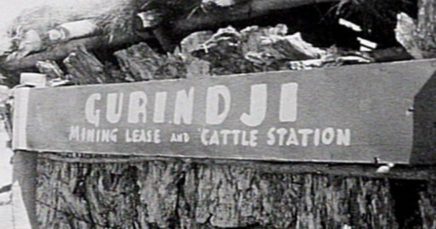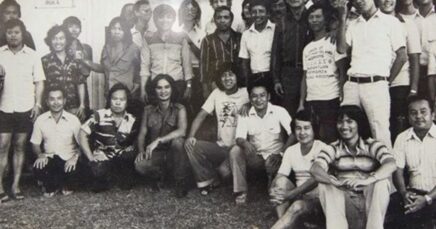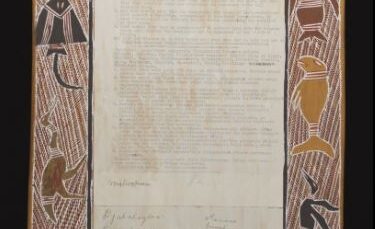
On 8 November 1907 HB Higgins, the President of the Commonwealth Conciliation and Arbitration Court, handed down his famous Harvester Judgement, enforcing a basic rate of pay – in effect, a minimum wage.
This was a time when working people across the globe were often treated like commodities. Pay was determined by market rates (usually how little employers could get away with paying) with little or no regard for how workers would afford to pay for the necessities of life.

The union movement always opposed this logic. Workers are human beings who deserve a wage that at the very least we can survive on. Even in the nineteenth century we campaigned for governments and employers to take action to make sure this was the case.
In Victoria, liberal reformers prompted by union campaigns had set the first compulsory minimum wage in the world in 1896. It was one of many union-influenced progressive reforms implemented at the time in Australia that drew international attention and acclaim. Professor Marilyn Lake has demonstrated how these ideas influenced global movements for social reform and change.
In 1907, the owner of the Sunshine Harvester Factory sought to avoid paying an excise tax by demonstrating that he paid ‘fair and reasonable’ wages to his employees, which would qualify him for an exemption. The unions representing workers at the Factory objected to this claim, and Higgins decided to use this as a test case for what constituted a fair and reasonable wage.
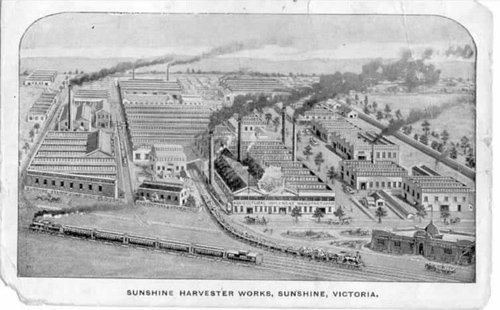
Higgins ruled that the employer had a responsibility to offer a wage that was based on ‘the normal needs of the average employee regarded as a human being living in a civilised community’.
This ruling meant that wage rates should take account of workers’ needs and not be solely dependent upon an employer’s profits. As he explained, if your business model did not include paying your workers appropriate wages, you shouldn’t be in business. Plenty of modern employers could learn a lot from Justice Higgins!
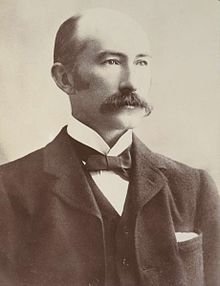
Higgins’s ruling was a massive step forward, though it was a product of its time, and the basic wage was granted to male workers based on the presumption that they would be the breadwinner of their families. Unions campaigned throughout the following decades to win equal pay for working women.
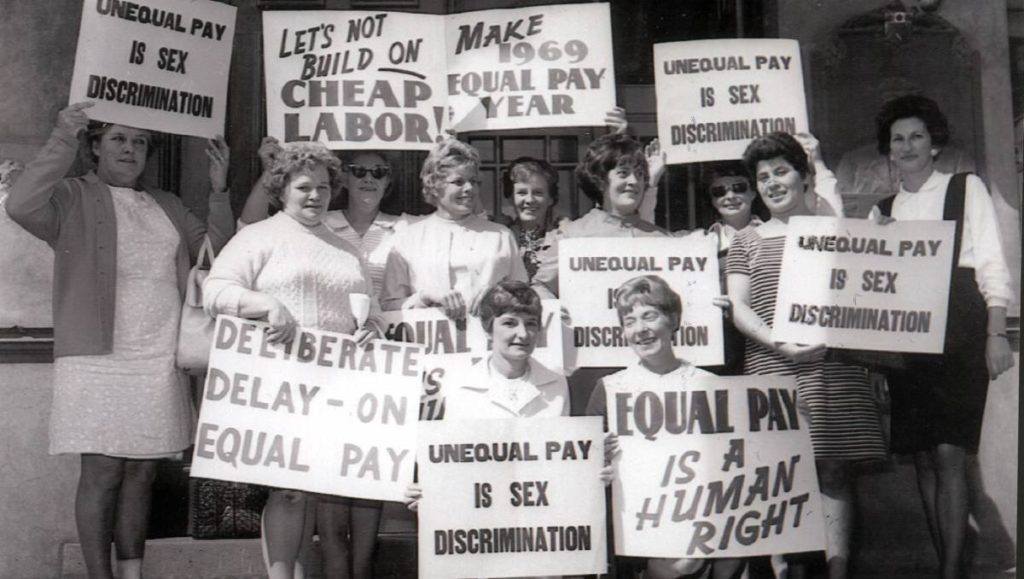
State and federal employment exclusions also barred Indigenous workers from gaining the benefits of the decision, leading to a long campaign by First Nations workers for wage justice.

But the extent and significance of this ruling should not be underestimated. This new national standard made clear that working people were just that – people! It was a statement not just about the nature of work at the Harvester Factory, but more broadly, about the type of society Australia was, and the type of country Australians wanted it to be.
The industrial relations system has changed massively since 1907. In recent decades successive conservative governments have done whatever they can to undermine the old arbitration system and to create something less fair, and more relentless in the service of profit. At the heart of this has been the unceasing attacks on unions.
This is because they know that we will never stop defending the rights of working people, and insisting that workers are more than just the jobs we do – we are human beings with real lives, real responsibilities, and the right to decent pay.

